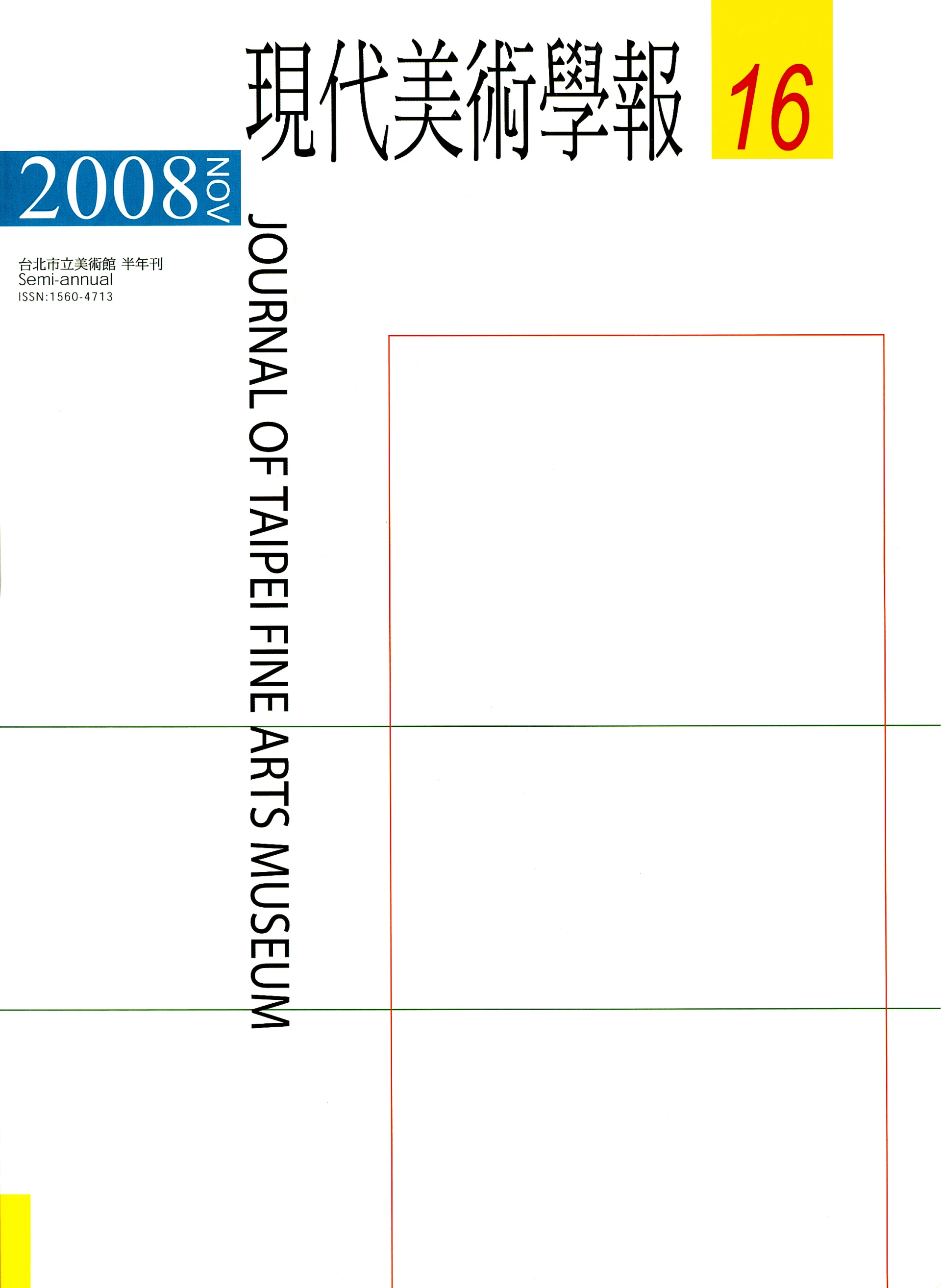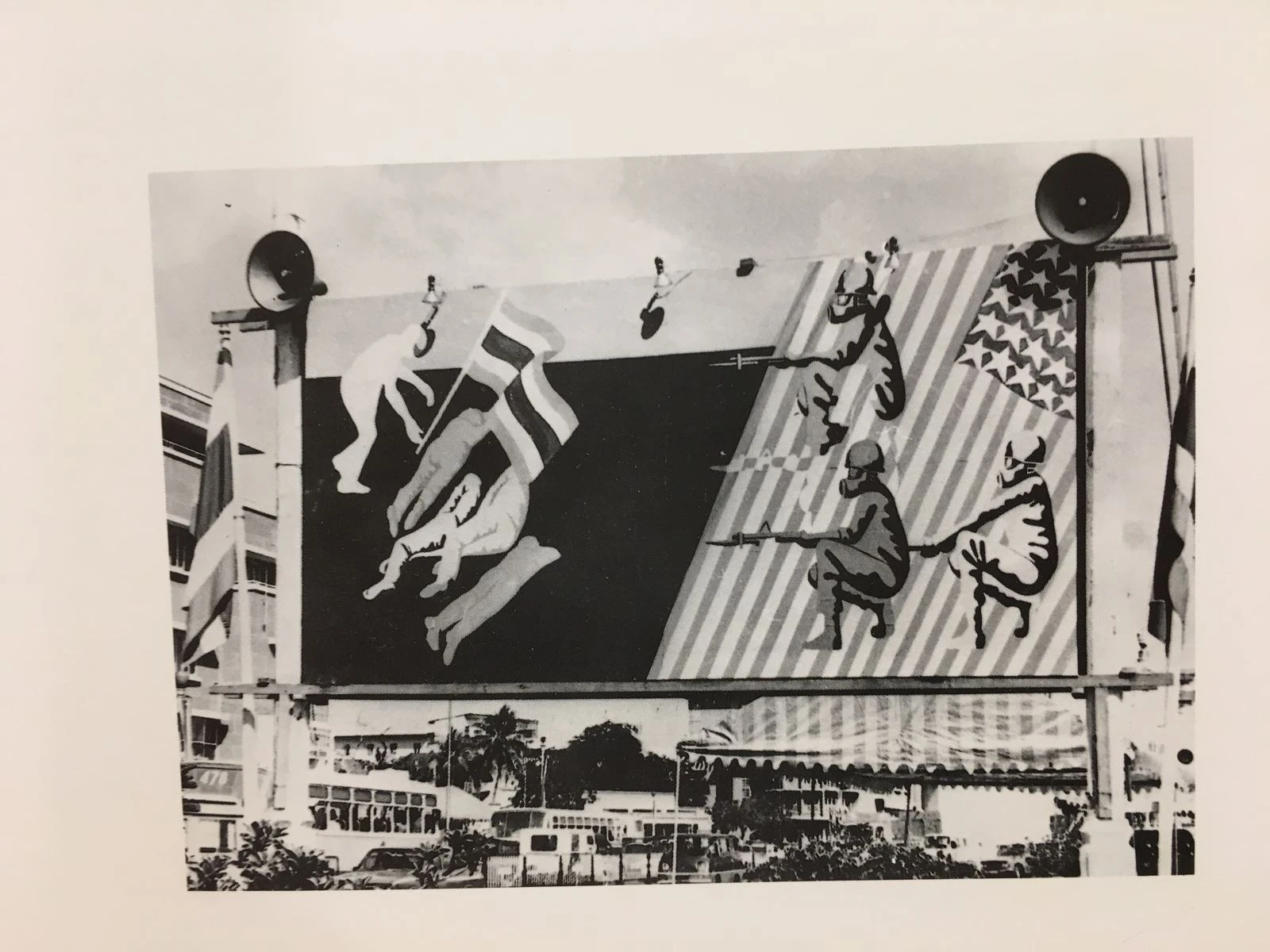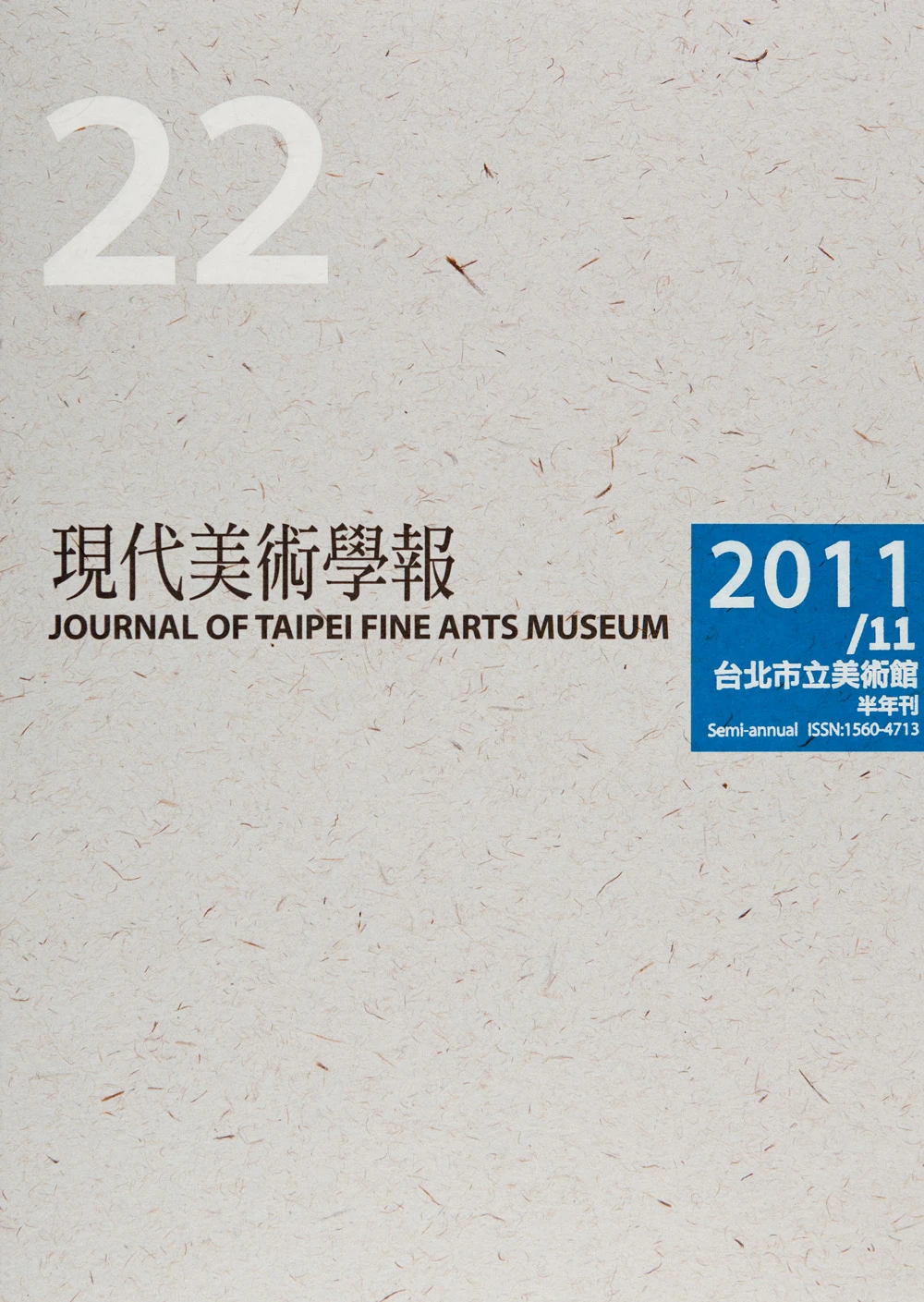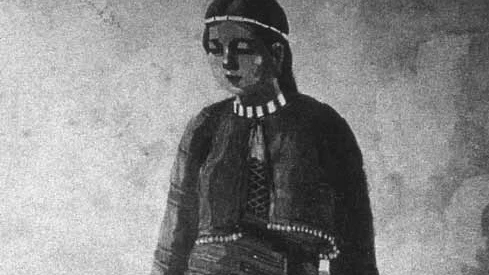摘要
二十世紀初的現代繪畫潮流中,同時具有音樂家與畫家的雙重身份的克利有其特殊地位。克利在創作中不斷地追尋自然和諧原則,堅持平衡的理想形式;這與克利本身的氣質及其成長過程中滋養他的文學、音樂、自然科學、美術都有關。對克利而言,理想的藝術是植基在大自然永恆不變的和諧與平衡的法則之上的;這一點,他首先在音樂上得到印證。克利還確信,音樂的發展比繪畫要進步許多,繪畫應該向音樂學習,從中汲取靈感。他最推崇的是巴哈與莫扎特兩位作曲家,認為《莫扎特與巴哈的音樂比十九世紀的音樂更現代》,並且足以作為繪畫的模範。在 1917 年的日記中克利提出了《複音繪畫》的構想,認為《複音繪畫》比複音音樂要更豐富。此後實現《複音繪畫》的雄心,便成了克利繪畫創作中的一大主導力量。
在克利提出《複音繪畫》之前,法國的畫家德洛內的作品曾刺激克利對色彩的發現與進步,同時加強了克利對《複音繪畫》的信心。此後克利掌握《同時呈現》的原則,並以《並列》與《重疊》的方法實驗各種形式的《複音繪畫》。最後在 1932 年創製了《邁向帕納斯山》(Ad.Pamassum),達到了《複音繪畫》的高峰。而克利的最後遺作中也包含了《複音繪畫》的結構,可見《複音繪畫》在克利創作中的重要性。
Abstract
In the wave of beginning 20th century's modem painting, Klee possessed the double-status of being musician and painter at the same time, which took the significant position. Klee was pursuing the natural harmonious principle and insisting the balanced ideal form for his works. Those were all influenced by his own character and also had things to do with the literature, music, natural science and arts for which flourished him throughout his growing process. For Klee himself, the ideal art was based on the principle of nature's unchanging harmony and balance. He first proofed that viewpoint on music. Klee also believed that the development of music was farther than the one of painting's. One should learn and borrow the ideas from music to improve the development of painting. Klee pay the most respect to both Bach and Mozart. He believed that their music was even more modern than the 19th century's music and could set the example for painting. Klee proposed the idea of polyphonic painting in his diary in 1917. He believed that the idea of polyphonic painting was richer than the one of polyphonic music. Since then, it had become Klee's main motive to fulfill the idea of polyphonic painting for his works.
Before Klee proposed the idea of polyphonic painting, the works of French painter Robert Delaunay had stimulated Klee's discovery and progress for color. Meanwhile, it also reinforced Klee's confidence on polyphonic painting. He then held the principle of "simultaneity" and also used the ideas of co-existing (juxtaposition) and overlapping to experiment the different form of polyphonic painting. Klee finished the work of "Ad. Parnassum" in 1932 and that had reached the peak of polyphonic painting. The structure of polyphonic painting could also be traced in his last work. In that, one could see the importance of polyphonic painting in Klee's works.






